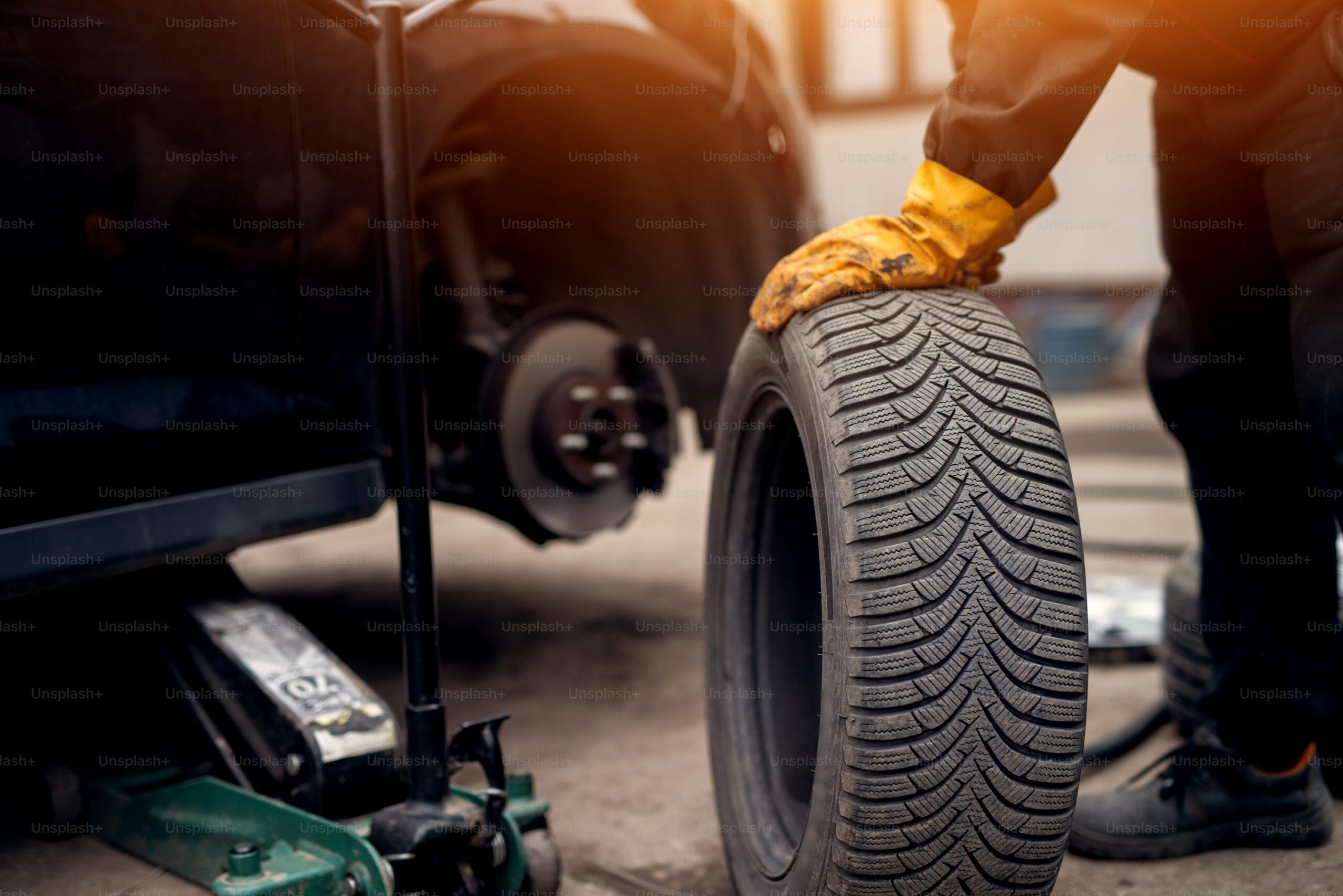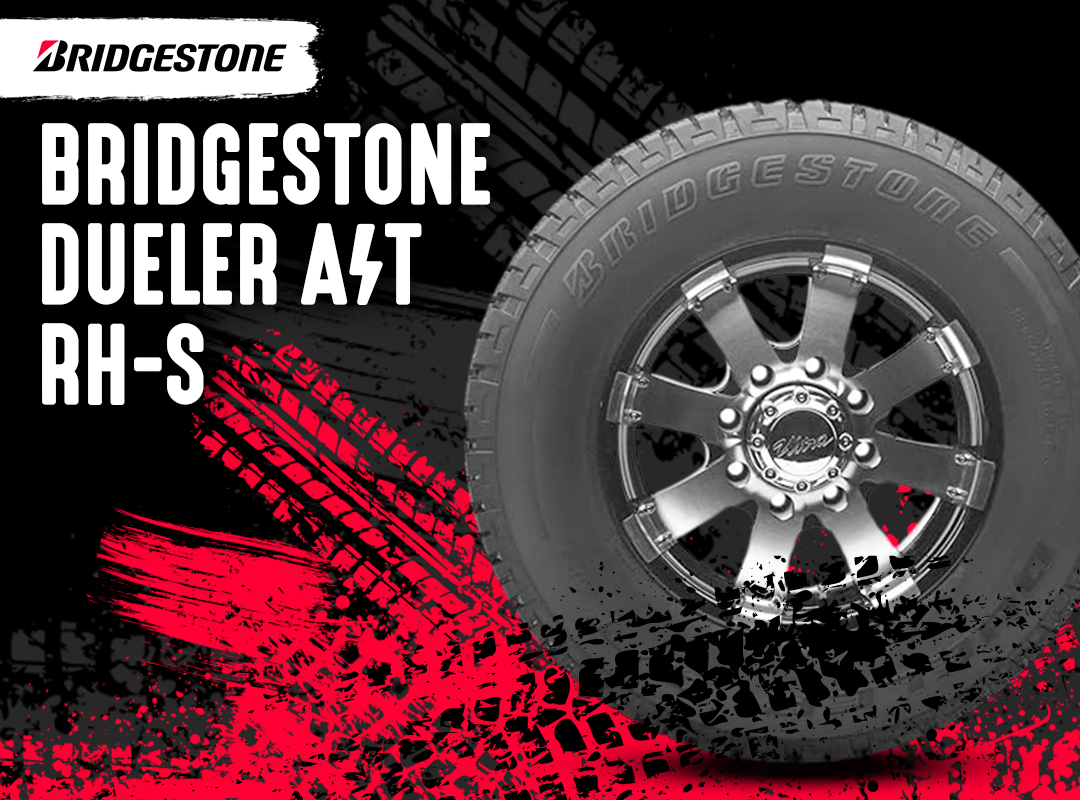Last Updated on March 21, 2025
Exploring the Benefits and Considerations of Wide Base Single Tires
Broad base single tires or dual tires for trailers and trucks? It all depends on what your goal is in the long run.
Dual tire wheels allow drivers to put more rubber on the road, meaning a steadier ride. Having four tires on a wheel axle instead of the standard two allows for heavier loads and larger trailers to be carried. Another benefit to having dual tires is that dealers will have a more extensive stock of conventional tires over wide single tires.
When optimizing your vehicle’s performance and efficiency, the choice of tires plays a pivotal role. Wide-base single tires, often called super single tires, have been gaining popularity due to their unique characteristics. In this guide, we’ll delve into what wide-base single tires are, their width, and their benefits. Whether you’re a long-haul trucker or looking to upgrade your vehicle’s tires, understanding broad base singles can lead to substantial savings and enhanced performance.
What is a broad base tire?
Broad-base single tires, or super-single tires, have a significantly wider tread width than conventional dual tires. Instead of two tires on each axle, general-base singles feature a single, wider tire. These tires are designed to distribute the vehicle’s weight more evenly, improving performance and fuel efficiency.
How wide are super single tires?
Super single tires typically have a width ranging from 14 to 18 inches, significantly more comprehensive than the standard dual tires used on most vehicles.
Key Features of Wide Base Single Tires: Enhancing Efficiency and Performance
Wide-base single Tires, also known as super single tires, offer several key features that make them a popular choice for various applications:
- Weight Reduction: Wide-base single tires are significantly lighter than dual-tire setups. This reduced weight can enhance fuel efficiency and increase the payload capacity of commercial vehicles.
- Improved Fuel Efficiency: The reduced rolling resistance of super single tires contributes to improved fuel economy, reducing overall business operating costs.
- Enhanced Traction: These tires typically have a larger contact patch with the road, providing better traction and stability, especially in adverse weather conditions.
- Reduced Maintenance: With fewer tires to maintain, super singles can reduce maintenance costs and downtime, making them a cost-effective choice for fleet operators.
- Environmental Benefits: Lower fuel consumption and fewer tire disposals lead to reduced environmental impact, aligning with sustainability goals.
- Increased Cargo Space: The elimination of dual tires creates extra space in the wheel well, allowing for more cargo space in trailers and commercial vehicles.
- Longer Tire Life: Wide-base single tires often have a longer tread life, reducing the frequency of tire replacements.
- Improved Handling: The broader footprint of these tires enhances vehicle stability and handling, improving safety on the road.
- Customization Options: Super singles come in various sizes and tread patterns to suit specific vehicle types and applications.
- Cost Savings: While the initial investment may be higher than traditional dual tires, the long-term cost savings in fuel, maintenance, and replacement make wide-base single tires a financially prudent choice for many businesses.
Is it OK to put wider tires on my car?
The suitability of wider tires depends on your vehicle’s specifications and the intended use. While wider tires can offer benefits such as better traction and handling, ensuring they are compatible with your vehicle’s wheel wells and suspension system is essential. Consult your vehicle manufacturer’s recommendations and consider professional advice when upgrading to wider tires.
When wide-base single tires are applied to your vehicle, you have half as many sidewalls flexing. Less contracting on the sidewalls causes a reduction in tire rolling resistance, thus saving from 2 to 5 percent on your fuel bill.
Wide-based single tires are also lighter in weight compared to a duel wield tire. Just because the tire weighs less doesn’t mean you sacrifice the amount of weight the vehicle can carry. A lighter tire weight allows a trailer or truck to carry a heavier load than it could have before.
Michelin X One Multi Energy T: Efficiency and Innovation in Wide Base Single Tires
Michelin Tires released a wide-based single trailer tire called the X One Multi Energy T. It is engineered with the company’s Advanced Casing Technology design that reduces irregular wear. The X One allows fleets to carry more than 700 pounds of extra freight compared to the dual tire axles. Michelin claims the tire delivers a 15% reduction in rolling resistance for an improved fuel economy.
Michelin notices that wide-based single tires are slightly more efficient and have a better fuel economy when carrying a heavier load. However, dual applications for tires on commercial trucks are still as efficient by giving more stability while driving and lasting just as long. It’s a personal preference from driver to driver.
What happens if you use wider tires?
Using wider tires can lead to several advantages, including improved stability, traction, and handling. Wider tires also have a lower rolling resistance, which can contribute to enhanced fuel efficiency. However, selecting the appropriate width for your vehicle and driving conditions is crucial to ensure optimal performance.
Conclusion
Broad base single tires, or super single tires, have become a game-changer in vehicle tires. Their impressive width and performance benefits make them a smart choice for maximizing efficiency and savings. Whether you’re a commercial truck driver or a vehicle enthusiast, upgrading to wide-base single tires can improve performance and reduce fuel consumption.
Explore our wide selection of wide-base single tires at Tires Easy and switch to tires that offer both performance and savings. Upgrade your vehicle today for a smoother, more efficient ride! Browse Wide Base Single Tires at Tires Easy
FAQs
What is a broad base tire?
A broad base tire, often called a super single tire, is designed with a significantly wider tread width than traditional dual tires. Instead of two tires on each axle, comprehensive base singles have a single, broader tire. This design optimizes weight distribution and enhances vehicle performance and fuel efficiency.
How wide are super single tires?
Super single tires typically have a width that ranges from 14 to 18 inches. This width variation allows users to choose a tire size that best suits their vehicle and needs.
Is it OK to put wider tires on my car?
The suitability of wider tires for your car depends on various factors, including your vehicle’s specifications and intended usage. While wider tires can offer advantages like improved traction and handling, it’s essential to consider compatibility with your vehicle’s wheel wells and suspension system. It’s advisable to consult your vehicle manufacturer’s recommendations and seek professional guidance when switching to wider tires.
What happens if you use wider tires?
Using wider tires can lead to several benefits. Wider tires typically provide better stability, traction, and handling, especially in adverse road conditions. Additionally, wider tires often have lower rolling resistance, which can contribute to improved fuel efficiency and reduced fuel consumption. However, selecting the appropriate tire width that aligns with your vehicle’s specifications and driving requirements is crucial to ensure optimal performance and safety.
-
Automotive Specialist
-
Proofreader
-
Writer










 English
English Français
Français Español
Español